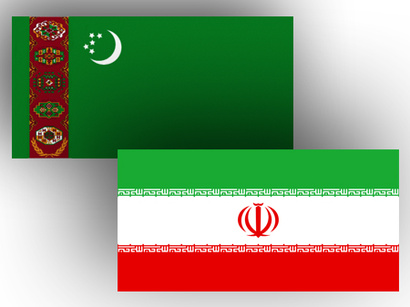New raw materials possible for Turkmenistan-Iran pipeline

By Aynur Jafarova
The international Korpeje-Gurtguyi (Turkmenistan-Iran) gas pipeline may obtain another reliable source for raw materials in the future.
The news was announced Turkmen Ministry of Oil & Gas Industry and Mineral Resources on March 27.
The recently discovered Kemer area in Esenguly district in Turkmenistan's Balkan province is located on the elevated Gogerendag-Ekerem zone and has subsoil distinguishable for its productive hydrocarbon layers.
"The second well No 7 was drilled at the new Kemer field and confirmed the geologists' predictions that this underground storage has hydrocarbons reserves at depths of 3,402-3,408 and 3,490-3,492 meters," the ministry said.
The ministry also said the drilling work is being quickly conducted at the exploration well No 2, and the corresponding equipment is being installed at well No. 4.
The ministry said with the help of this equipment, the drilling and mining of minerals is conducted at a depth of up to 7,000 meters.
Delivering the Turkmen gas to Iran started after the inauguration of the Korpeje-Gurtguyi gas pipeline in 1995. The two neighboring countries opened additional capacities on the Dovletabad-Serakhs route in 2009.
Tehran and Ashgabat said earlier that they are negotiating an increase in the volume of Turkmen gas exports to Iran.
A number of large deposits were discovered earlier in Turkmenistan's Balkan province. They will serve as raw materials sources for exports to Iran.
Iran and Turkmenistan have common land borders and share the Caspian Sea shores. The neighboring countries have jointly built two common gas pipelines, power lines, border dam, and other facilities.
Turkmenistan, which is rich in hydrocarbon reserves, has been transferring natural gas to the northern provinces of Iran since 1995. The Central Asian state has the world's fourth largest natural gas reserves after Russia, Iran, and Qatar. It produces about 70-80 billion cubic meters of gas a year.
Annual bilateral trade between these two neighboring countries stands at about $5 billion, and this figure can double in the coming years.
Here we are to serve you with news right now. It does not cost much, but worth your attention.
Choose to support open, independent, quality journalism and subscribe on a monthly basis.
By subscribing to our online newspaper, you can have full digital access to all news, analysis, and much more.
You can also follow AzerNEWS on Twitter @AzerNewsAz or Facebook @AzerNewsNewspaper
Thank you!
